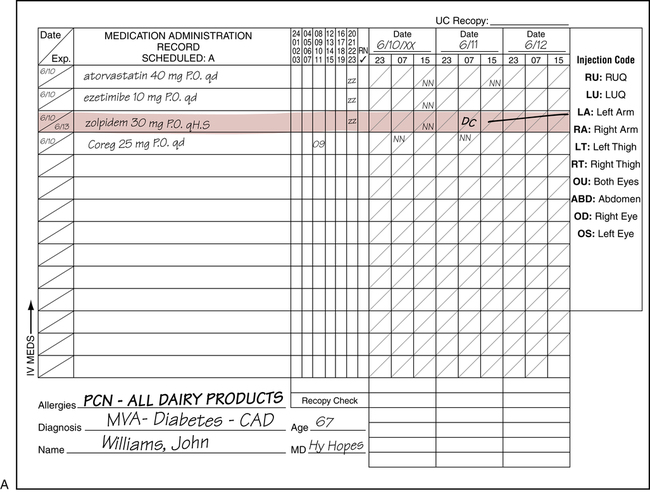

When this happens, protein abnormally leaks into the urine. High blood sugar concentrations over a long period of time can result in the thickening of kidney membranes. Your child's cholesterol levels will be checked every four years-more often if they are high.
High cholesterol levels can contribute to heart disease. High blood glucose levels can affect cholesterol levels. A test to check if your child's thyroid is functioning normally will be performed every two years. Children with Type 1 diabetes are at an increased risk for developing thyroid conditions. This test will be done each time your child sees his or her doctor.

The same blood test that is used to diagnose Type 1 diabetes is also used to keep track of your child's average blood sugar levels after diagnosis. Children whose diabetes is in control should grow normally. Your child's height and weight are plotted on a growth chart at each visit to monitor his or her growth. The following health evaluations may be performed during these visits: The diabetes specialists at Riley at IU Health recommend your child see his or her healthcare team every three to four months for continued health monitoring. Continued monitoring by your child's healthcare team.As your child gets older, he or she will learn to manage the condition independently but will need continued supervision from you. In addition, getting enough exercise and reducing stress will help your child's body use insulin. It is important to count the number of carbohydrates eaten at meal and snack times so the appropriate amount of insulin can be given. Your child should also follow a meal plan, making sure to eat three meals and possibly a few snacks each day. You or your child will test his or her blood sugar four or more times a day using a blood glucose meter and record the results in a logbook. Diabetes management involves a lifestyle change. As children get older, they can learn to give their own injections. Parents or guardians should help young children with their insulin injections. Insulin can be given with syringes, insulin pens or an insulin pump. Insulin is usually given before meals and snacks and at bedtime. If your child is diagnosed with Type 1 diabetes, he or she will require insulin every day to help his or her body process sugar normally. If your child has an elevated antibody level for celiac disease, he or she will be referred to the Gastroenterology Department for further evaluation. At Riley at IU Health, your child will be screened for celiac disease approximately every two years. Like Type 1 diabetes, celiac disease is also an autoimmune disease. Celiac disease associated with diabetes is usually silent, showing no symptoms, and may only be found upon screening. According to the National Institute of Diabetes and Digestive and Kidney Diseases (NIDDK), about 3 to 8 percent of people with Type 1 diabetes will have biopsy-confirmed celiac disease. Some studies suggest that children with Type 1 diabetes are more likely to be diagnosed with celiac disease. Research shows a link between Type 1 diabetes and celiac disease. The Type 1 Diabetes and Celiac Disease Connection A fasting blood sugar test measures your child's blood sugar levels after he or she has not had anything to eat or drink (except plain water) for at least eight hours. A normal result is based on when your child last ate. A blood sugar test is performed at a random time. High A1c values are a sign of poor blood sugar control and indicate the presence of diabetes. A hemoglobin A1c blood test provides your child's average blood sugar levels over a period of two to three months. If your child is showing symptoms of Type 1 diabetes, a doctor can use the following blood tests to make a diagnosis: Urinating multiple times at night or wetting the bed.For this reason, people with Type 1 diabetes often experience the following symptoms: As an alternative, the body will begin to break down fat for energy, flushing out sugar through the urine. Without insulin, the cells cannot use sugar for energy. Nothing can be done to prevent this from happening. Then, at some point in a person's life, an exposure to a common viral illness or other environmental cause will trigger the body’s immune system to attack its own beta cells (cells in the pancreas that make insulin), destroying their ability to make insulin. Type 1 diabetes develops from a combination of factors: First, a genetic predisposition must be present.


 0 kommentar(er)
0 kommentar(er)
